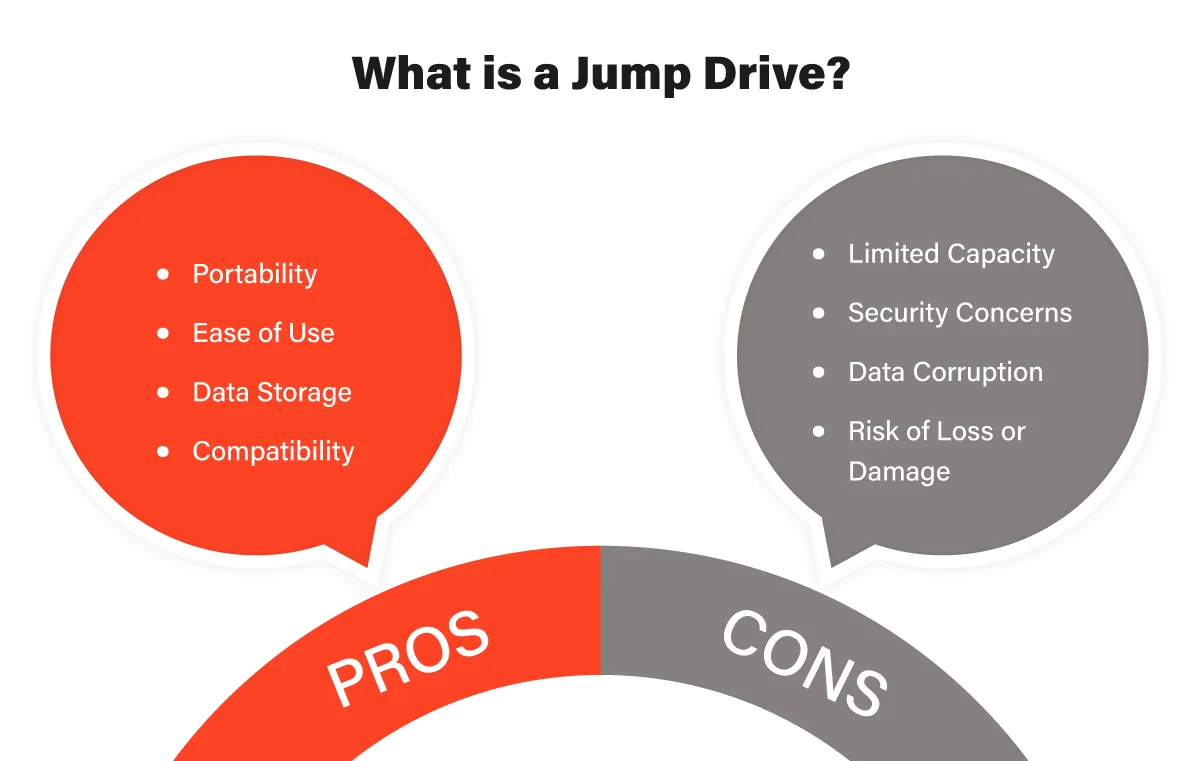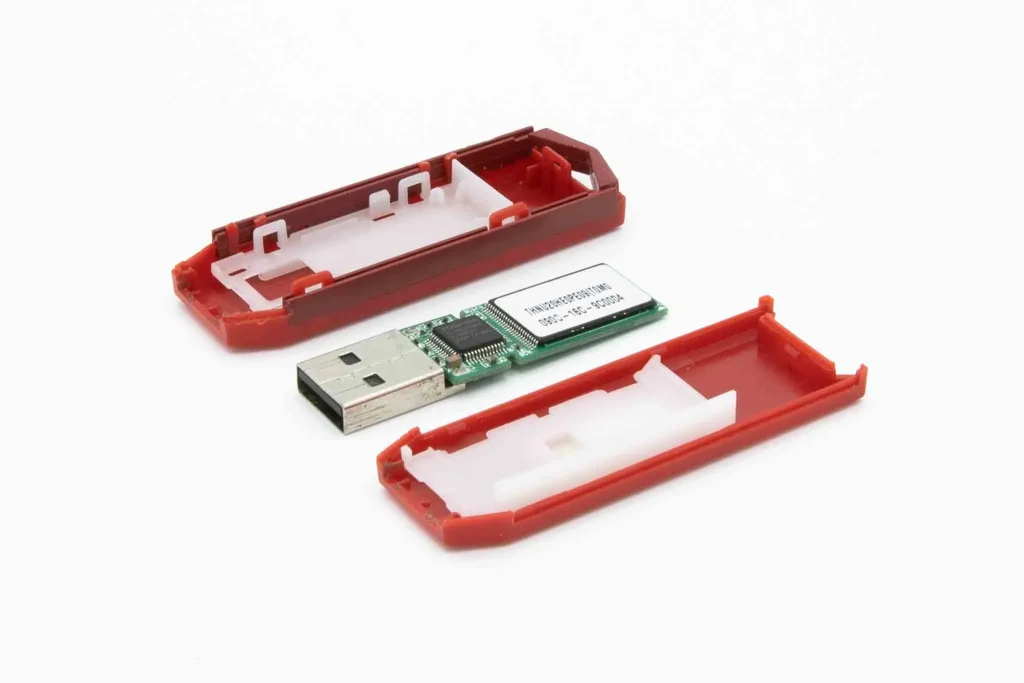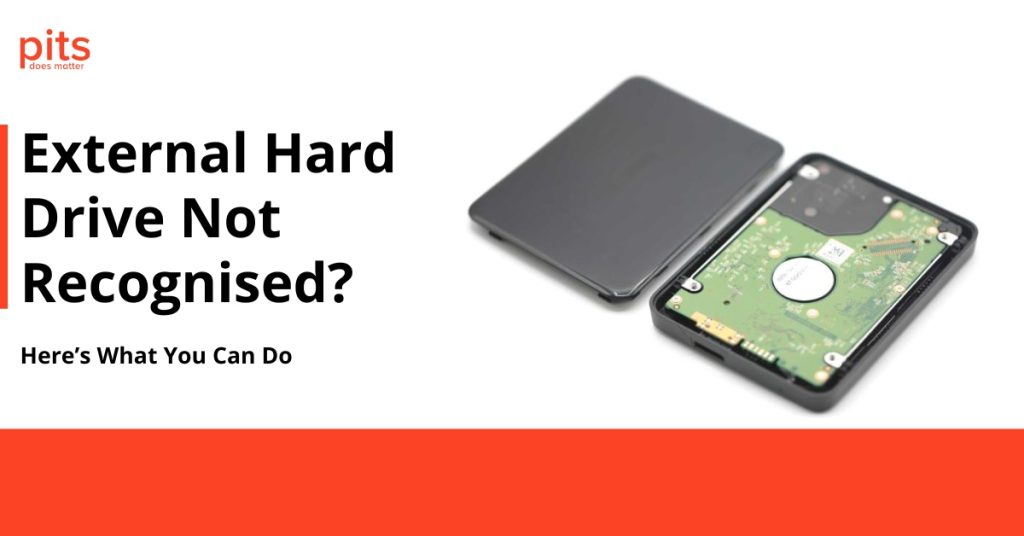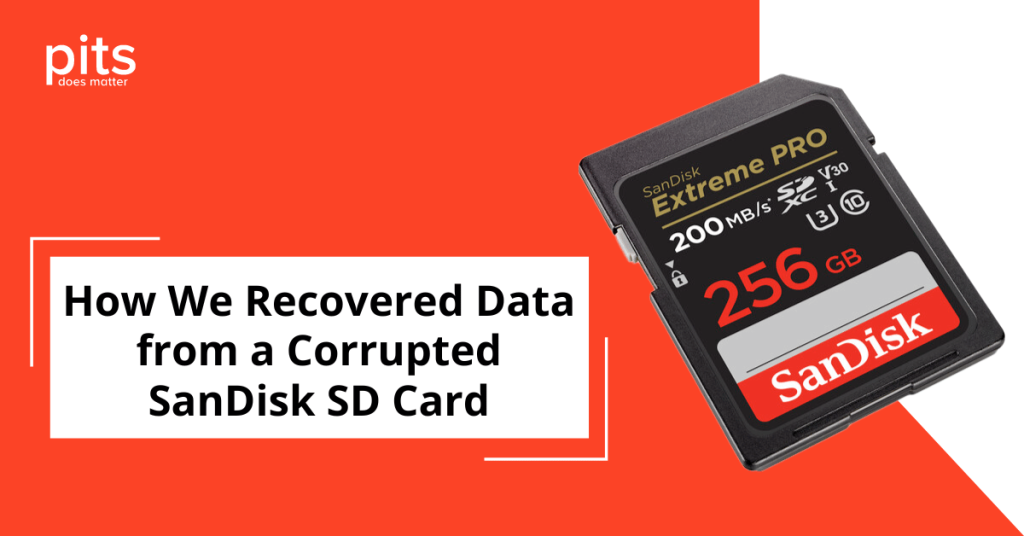Amidst the dynamic landscape of the digital era, where data assumes a central role in both our personal and professional spheres, the possession of a dependable and proficient means by which information can be conveyed and exchanged stands as a matter of utmost significance. Thus emerges the jump drive, acknowledged alternately as a flash drive, thumb drive, or USB drive. Within the confines of this all-encompassing manual, we shall meticulously dissect the essence of the jump drive, its operational mechanics, employment guidelines, and the merits and demerits inherent in this adaptable storage solution.
Understanding Jump Drives
The jump drive represents a portable storage apparatus that has fundamentally transformed our approach toward data manipulation and dissemination. In contrast to traditional storage devices characterised by mechanical components, such as the now antiquated floppy drives, jump drives harness the capabilities of flash memory technology. This transition from volatile storage mediums to the non-volatile nature of flash memory denotes a pivotal juncture in the realm of data storage and transmission.

Utilising a Jump Drive: A Comprehensive Guide
Employing a jump drive constitutes a process of inherent simplicity and directness. The procedural steps are as follows:
1
Plug-and-Play Mechanism
A jump drive typically features a USB port that facilitates its connection to a computer. This connection is characterised by its effortless nature, courtesy of the plug-and-play functionality. Upon insertion of the jump drive into a USB port, the operating system promptly identifies it, obviating the necessity for supplementary installations.
2
Facilitation of Data Transfer
Upon successful connection, the exchange of data between the jump drive and your computer becomes feasible. This data encompasses a spectrum of formats, including documents, images, videos, and more. The manipulation involves a facile drag-and-drop maneuver, enabling seamless transfer of files from your computer to the jump drive and vice versa.
3
Prudent Ejection Protocol:
Upon culmination of the data transfer or access procedure, it is of paramount importance to execute a judicious ejection of the jump drive from your computer. This measure serves to preclude data corruption whilst ensuring the secure preservation of files.
Advantages and Disadvantages of Jump Drives
Jump drives encompass a myriad of merits that have significantly contributed to their widespread adoption. Nonetheless, akin to any technological innovation, they are also accompanied by several limitations:

Advantages:
- Portability: Jump drives boast a diminutive and lightweight design, rendering them effortlessly portable – fitting comfortably within pockets, bags, or even adorning keychains.
- Durability: Devoid of any moving components, jump drives exhibit heightened resilience against physical damage in contrast to conventional storage devices.
- Swift Data Transfer: The integration of USB 3.0 technology has markedly enhanced data transfer velocities, thereby facilitating efficient and expeditious file exchange.
- Compatibility: Possessing compatibility with diverse operating systems, jump drives emerge as a versatile option for disseminating data across an array of devices.
Limitations:
- Restricted Storage Capacity: Notwithstanding the range of storage capacities available, jump drives may prove inadequate for housing exceedingly voluminous files or expansive data repositories.
- Vulnerability to Loss: Owing to their compact dimensions, jump drives are susceptible to misplacement, potentially precipitating data loss or concerns pertaining to security.
- Data Security: In the absence of appropriate encryption or password safeguards, the data housed within a jump drive remains susceptible to unauthorised access.
Jump Drive Data Retrieval via PITS
Confronting the unfortunate scenario of invaluable data loss residing within a jump drive can evoke substantial frustration. Fortuitously, PITS offers a bespoke jump drive recovery service meticulously designed to aid you in restoring your vanished files. Their cadre of adept technicians deploys sophisticated data retrieval methodologies, guaranteeing the expeditious and efficacious reinstatement of your data.
Comprising a suite of services tailored to meet diverse exigencies, PITS stands ready to provide assistance whether your predicament entails inadvertent file deletions, drive formatting, or physical malfunctions. Distinguished by an impressive track record of triumphant recoveries and an unwavering dedication to superlative customer support, PITS Global Data Recovery Services establishes itself as a reliable and esteemed choice for effectuating jump drive data recovery.
Harnessing an abundance of expertise, deftness, and state-of-the-art resources at our disposal, our adept team excels in the discernment and restitution of data from a spectrum of jump drives. Our paramount concern is the delivery of swift and efficacious solutions, ensuring the expeditious restoration of your rejuvenated data.
Frequently Asked Questions
What constitutes a jump drive?
A jump drive, also recognised as a flash drive or USB drive, denotes a diminutive, portable storage apparatus with the capacity to retain and transfer a multitude of data forms, including documents, photographs, and videos.
How does the functionality of a jump drive transpire?
The modus operandi of a jump drive relies upon the utilization of flash memory technology for the electronic storage of data. Upon insertion into a computer’s USB port, expeditious access to and transfer of files becomes feasible.
Can jump drives be deemed resilient?
Indeed, jump drives exhibit a notable degree of durability owing to their absence of mechanical components inherent in conventional hard drives. This attribute imparts resistance against physical impairment, rendering them an ideal choice for portability.
How does one operate a jump drive?
The operation of a jump drive is straightforward. Merely connect it to a computer’s USB port, at which point the operating system will acknowledge its presence. Subsequently, file copying or relocation to and from the jump drive can be conducted in a manner akin to other storage locations. It is prudent to observe the protocol of safely ejecting the drive prior to its removal from the USB port.


